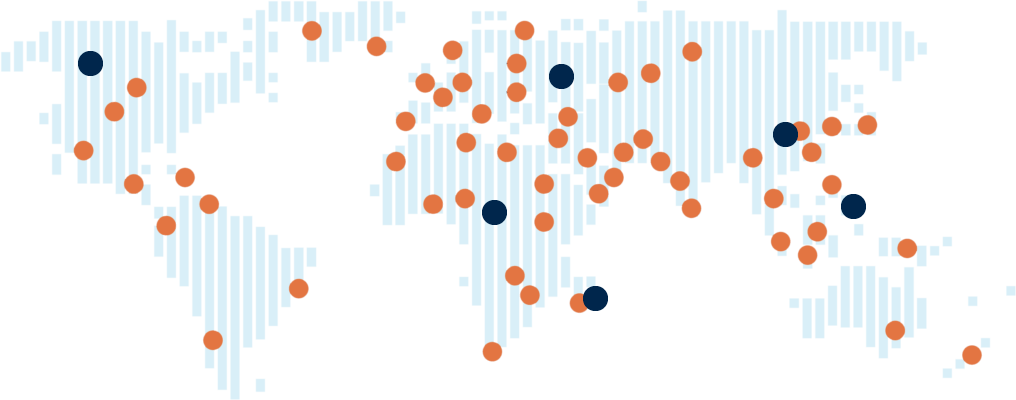What is Open Banking?
In the past, banking was centralised and financial services were primarily offered by banks themselves.
With the advent of global digitalisation, however, open banking presents a world of financial opportunity that extends beyond the traditional banking system, to provide more connected, personalized comprehensive financial services to customers.
What is open banking?
In essence, open banking is the practice of sharing financial data – such as transactions and account details – between banks and third-party entities. These include parties such as fintech companies providing connected financial services.
Open banking is accomplished with the use of APIs – Application Programming Interfaces – which allow data to be shared between networks of financial institutions in real time.
Unlike methods used by some financial service providers in the past, open banking accomplishes this without requiring customers to share login details and passwords to their bank accounts.
What are the benefits of open banking?
There are several ways in which open banking may improve finance with its disruptive technology.
Here are the top 5.
Greater insight into your finances.
Since open banking allows your banks to share your financial data, this means that data from all of the banks and different accounts you use can be aggregated in one place.
Some open banking-powered platforms allow customers to create dashboards with this data, allowing app users to obtain a comprehensive overview of their financial situation formed from the entirety of this data.
Personalised services.
As a society, we’re becoming increasingly switched on to the value that personalisation provides.
This is especially valuable for financial services such as budgeting tools and recommending systems that can help guide your financial health.
With open banking, these apps and tools are able to use all users’ relevant financial data to make the financial service tailored to their specific financial situation, to make the service as useful to them as possible.
Encourages financial innovation.
Banks used to have a monopoly over the financial sector. This meant that they only had to provide what other banks were offering, and weren’t driven to innovate and improve their financial services for their customers.
After all, fewer competitors were trying to transform and disrupt the market.
In this way, open banking has changed the game, since third-party finance firms can use customers’ banking, transactional and financial data to deliver financial services that are tailored to them and provide value as a result.
This is likely to set a fire under traditional banks to improve their offerings, too.
Could save customers money.
Because the APIs used in open banking can aggregate and analyse a person’s financial data across all their accounts – as well as obtain data about other financial institutions – open banking apps have the potential to save customers money.
For example, if the API can learn the interest rates of an individual’s savings accounts, it could provide personalised recommendations for newer, more profitable savings accounts they should consider switching to.
Similarly, when applying for a loan, loan-approval processes powered by online banking may provide more affordable terms for customers, since transactional data such as regular, timely rent payments and more can be obtained from banks.
Streamline loan-approval processes.
Getting a loan – and approving one, in the case of lenders – is a huge hassle, from compiling all the financial documentation you need, too often multiple rounds of consultation.
Open banking has the potential to disrupt and streamline the loan approval process since it can aggregate the financial data of loan seekers into one place, so a decision can be made that takes into account the whole financial picture, instantly.
This not only increases the efficiency of the loan approval process but its fairness of it, too, since the entirety of an individual’s financial data can be used to make the decision.
Is open banking safe?
Because banking customers don’t need to share their login details to use open banking, this typically makes financial services, platforms, and apps that use this technology more secure than the alternative.
As the world becomes increasingly connected – particularly in the world of finance – open banking presents a slightly elevated risk for data breaches and hacking, because of the interconnectivity of networks between financial institutions. However, security is a top priority for those who facilitate this integration.
Financial service providers making use of open banking must meet high security and fraud prevention standards among others to ensure their customers’ data is protected.
In Europe, providers must be registered with national regulatory bodies to provide such financial services, and across the world, more regulation is being implemented to maximise the safety of using financial services powered by open banking.
It’s worth noting that you’ll always be asked for consent for your financial data to be shared through open banking – and you can revoke this consent at any time.


